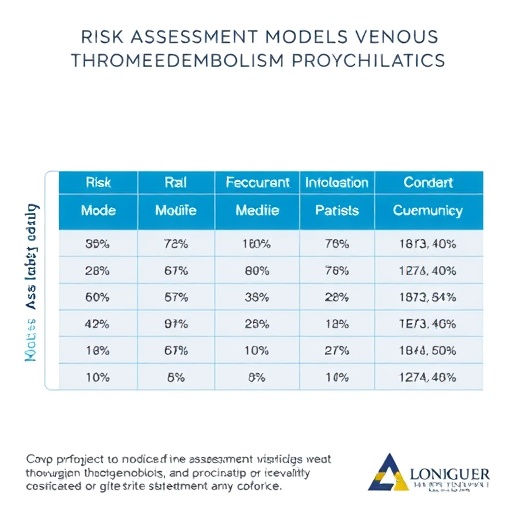
Credit: Guide Dogs UK
Animal behaviour experts at the University of Nottingham have developed a new tool which can be used to predict a young dog's likelihood of successfully completing guide dog training.
Working dog organisations like the charity Guide Dogs, who funded the research, need to regularly assess the behaviour of the dogs they breed for training as not all of them turn out to be suited to the role. The charity is the largest of its kind in the world, breeding around 1,400 dogs for possible guide dog training every year.
As part of a wider £500k epidemiology research collaboration with Guide Dogs, the researchers in the University's School of Veterinary Medicine and Science have created and tested a questionnaire-style decision tool which could help trainers from Guide Dogs to monitor and evaluate their dog's behaviour. The tool successfully predicted training outcomes in 16.9% of young dogs of 5 to 12 months old to an accuracy of 84%. The tool is called the Puppy Training Supervisor Questionnaire (PTSQ).
The aim is to identify dogs who are not suitable to a guiding role early, before they enter time-consuming and costly formal training. The PTSQ is also intended to improve the understanding of a young dog's behaviour, which Guide Dogs will use to inform their future training processes to give the best chances of success. The full study has been published in the journal PLOS ONE.
Lead researcher on the project, Dr Naomi Harvey, said: "Predicting working dog suitability in puppies has been a huge challenge to organisations for many years. If you've ever owned dogs you will know that every dog is different. They have their own characters and personality, which are heavily influenced by their life experiences. We were really pleased that this questionnaire-style behaviour assessment was able to effectively identify the dogs who were most, and least, suitable to guiding work, from a young age, and help to highlight those in between dogs who were at risk of failing training."
Chris Muldoon, Guide Dogs Research Development Manager, said:" The Puppy Training Supervisor Questionnaire is part of a suite of tools developed by the University of Nottingham for Guide Dogs. This tool, and the wider research project, is increasing our understanding of dog behavior and temperament to make informed decisions that will shape and improve our training processes."
The new behaviour assessment has been designed to be completed by training supervisors of young dogs at the age of 5, 8 and 12 months old. Questions were sourced either from previously published literature or created from suggestions from Guide Dogs staff surveys and feedback. This large study revealed seven reliable and interpretable character scores for measurement by the questionnaire.
These were:
- Adaptability
- Body sensitivity
- Distractibility
- Excitability
- General anxiety
- Trainability
- Stair anxiety
The research also evaluated aspects of the questionnaire's reliability and accuracy. The results of the questionnaires completed by the training supervisors – 1,401 in total – showed consistency of individual dogs' scores over the three age ranges. Of the dogs included in the study, 58% went on to qualify as guide dogs, 27% were behaviourally unsuited to guiding work and the remainder were unsuited for health reasons. Within this number there were also dogs with exceptional character and temperament who were selected for breeding.
The researchers say the work could be extended in the future to follow up the dogs' working life as a guide dog. They say this could help shed light on why some dogs are retired early for behavioural reasons and the human and dog factors which contribute to this unique partnership's success.
###
Media Contact
Emma Rayner
[email protected]
01-159-515-793
@UoNPressOffice
http://www.nottingham.ac.uk
Related Journal Article
http://dx.doi.org/10.1371/journal.pone.0174261
############
Story Source: Materials provided by Scienmag





